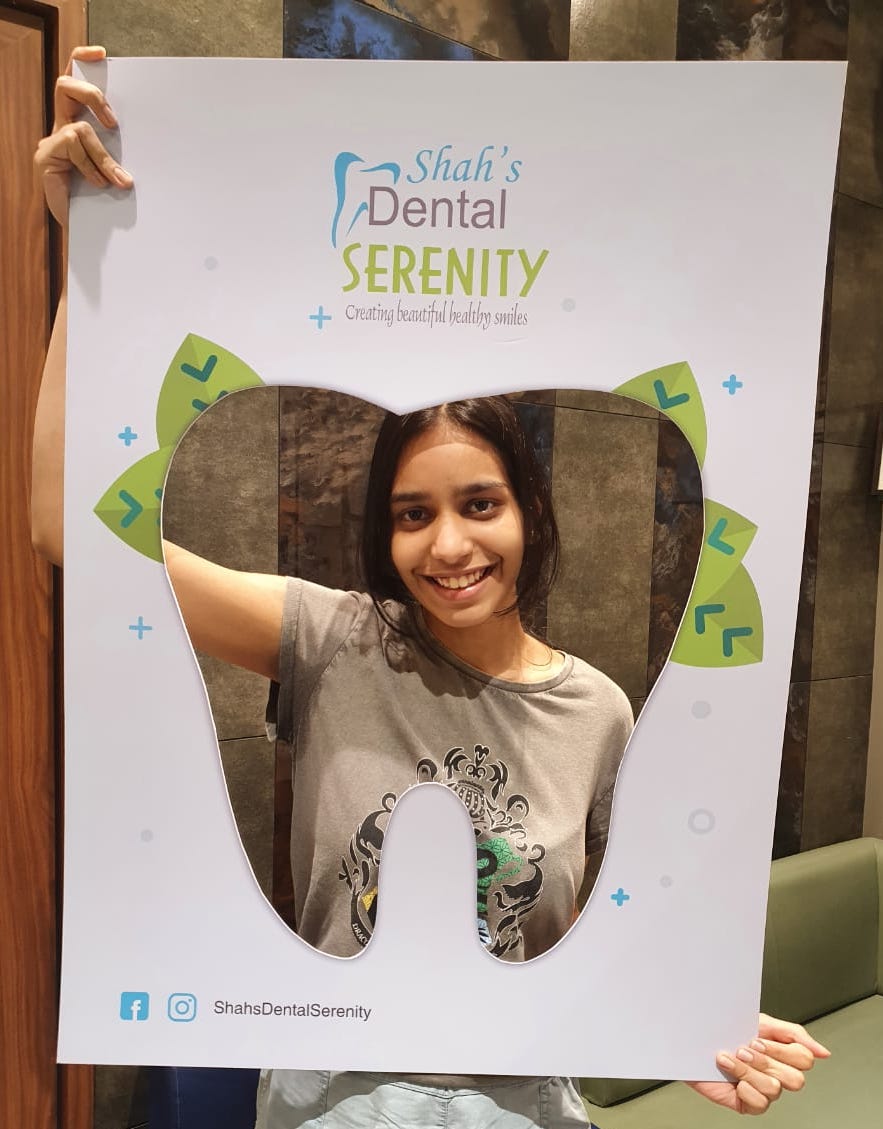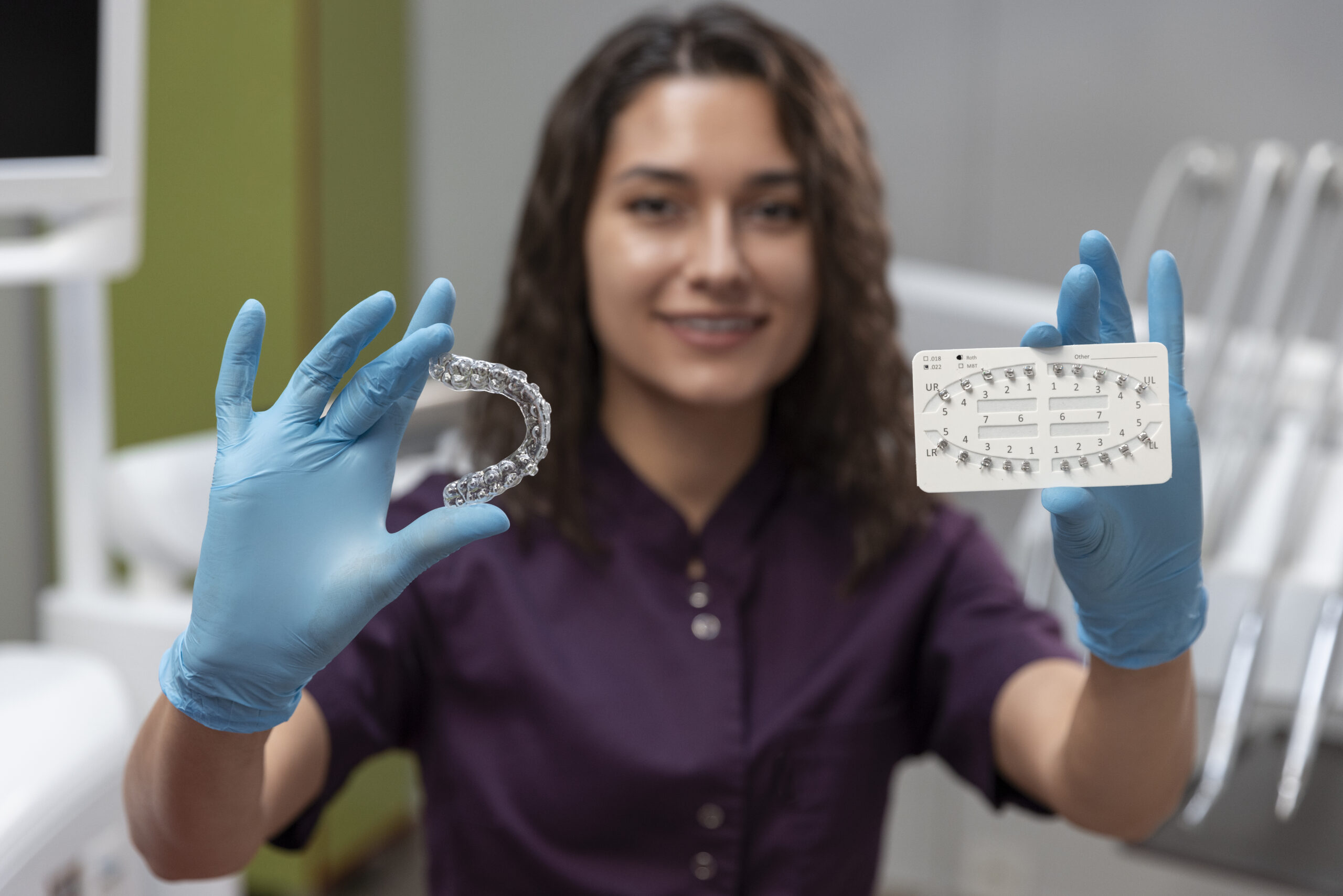Orthodontics is a respected branch of dentistry dedicated to diagnosing, preventing, and treating dental malocclusions and facial irregularities. Its objective is to ensure optimal alignment of teeth and jaws, enhancing the symmetry of one’s facial structure. Over time, orthodontic techniques and tools have evolved, offering a blend of traditional practices and innovative technology to provide efficient, less painful, and aesthetically pleasing treatment options.
Modern orthodontics offers a wide array of treatment options to cater to individual needs. From traditional braces to advanced clear aligners, orthodontists have the specialized knowledge to consider all possibilities based on variables such as age, jaw imbalances, and tooth size. They work with patients to create a customized treatment plan for a beautiful smile.
Different Types of Orthodontic Appliances
Orthodontic appliances can be classified into various categories. Each type has its own uses and benefits. Let’s explore some of the most commonly used appliances:
Braces
Fixed braces consist of brackets affixed to teeth and metal wires threaded through slots in the brackets. They apply gentle and constant pressure on the teeth, gradually moving them into their proper positions. Braces can be made using different materials, including metal and ceramic, offering options for aesthetics and durability.
Aligners
Clear aligners are an increasingly popular alternative to traditional braces. These are clear, thin, plastic-like trays that are custom-made to fit an individual’s teeth. Aligners are removable, allowing patients to eat and drink without any restrictions. They are virtually invisible, making them an appealing option for those who prefer a more discreet treatment.
Retainers
Retainers are dental appliances used to maintain the alignment of teeth following orthodontic treatment. They are usually constructed from materials such as clear plastic, acrylic, or snug-fitting wires and are placed over or behind the teeth. The primary function of retainers is to prevent teeth from shifting back to their original positions over time.
Archwires
Archwires are inserted into the slots in brackets and play a key role in moving the teeth. By exerting pressure on the brackets, archwires guide teeth into their ideal positions to achieve proper alignment.
Elastics
Elastics, also known as rubber bands, are commonly used in conjunction with braces. They apply additional force to specific teeth in a way that braces alone cannot. Elastics help to move teeth into their ideal positions and correct bite issues.
Mouthguards
Mouthguards are removable oral appliances worn during sports activities to protect teeth from trauma and injury. They provide a cushioning effect and help prevent damage to teeth during physical contact.
Orthognathic Surgery
Orthognathic surgery, also known as surgical orthodontics, is performed to correct severe skeletal problems that impact the ability to bite, chew, and speak. This corrective jaw surgery addresses issues such as overbite, underbite, and crossbite that cannot be fully addressed with braces or aligners alone.
Benefits of Orthodontic Treatment
Orthodontic treatment goes beyond perfecting smiles; it can have a transformative impact on both aesthetics and functionality. Let’s explore the key benefits of orthodontic treatment:
Enhanced Aesthetics
A straight smile can significantly boost self-confidence and self-esteem. Orthodontic treatment can bring about positive changes to one’s appearance, leading to increased pride and satisfaction in one’s overall look.
Improved Oral Function
Misaligned teeth or jaw discrepancies can affect essential functions such as speaking, biting, and chewing. Orthodontic treatment aligns the teeth and can resolve issues surrounding oral function, making it easier to speak, bite, and chew properly.
Reduced Dental Issues
Crowded or crooked teeth create spaces that are breeding grounds for bacteria, increasing the risk of dental problems such as cavities and gum disease. Orthodontic treatment aligns the teeth and reduces the spaces where harmful bacteria can hide, improving oral health and reducing the risk of dental issues.
Facilitating Proper Jaw Alignment
Conditions like deep overbite, underbite, and crossbite can strain the jaw and lead to temporomandibular joint (TMJ) disorders. Orthodontic treatment can correct these misalignments, improving jaw alignment and mitigating potential complications.
Enhanced Cleaning
Straight teeth are easier to clean, floss, and maintain. Properly aligned teeth make it easier to reach all surfaces, leading to better oral hygiene, fresher breath, and a reduced risk of periodontal disease.
Long-term Financial Savings
Investing in orthodontic treatment now can prevent many future dental issues, potentially saving significant costs on potential future dental treatments. By addressing alignment and bite problems early on, patients can avoid more complex and expensive procedures in the future.
Entrusting your smile to an orthodontist is a decision that offers lifelong benefits. With each treatment option designed to cater to unique needs, you can be assured of a journey that prioritizes your well-being at every step.
AAOF Donated Treatments
Donated Orthodontic Services (DOS) is a program of the American Association of Orthodontists Foundation (AAOF) that provides orthodontic treatment for children of families with financial need. This program aims to bridge the gap and ensure that children who require orthodontic treatment but lack the financial means can still receive the care they need.
The AAOF believes that every child deserves access to orthodontic treatment, as it can have a positive impact on their overall oral health and well-being. By partnering with orthodontists who volunteer their services, the AAOF makes it possible for children from financially disadvantaged backgrounds to receive the orthodontic treatment they need to achieve a healthy and confident smile.
How Orthodontic Treatment Helps
Orthodontic treatment plays a crucial role in addressing dental issues and improving overall oral health. Let’s explore how orthodontics can help:
Importance of Orthodontic Treatment
Orthodontic treatment is essential for individuals with malocclusion, a condition in which the teeth are not correctly aligned when the mouth is closed. This can result in an improper bite, causing difficulties with chewing, speaking, and even overall facial appearance.
Goals and Objectives of Orthodontic Care
Orthodontic treatment aims to achieve several goals and objectives, including:
Closing wide gaps between the teeth
- Aligning the tips of the teeth for a straighter smile
- Straightening crooked teeth for improved aesthetics and oral function
- Improving speech or chewing ability
- Promoting the long-term health of gums and teeth
- Preventing excessive wear or trauma to the teeth
- Treating an improper bite to improve overall oral health
By addressing these issues, orthodontic treatment not only enhances the appearance of the teeth but also improves chewing and speech function and protects teeth from damage or decay.
Oral Function Improvement Through Orthodontics
Orthodontic treatment can significantly improve oral function by correcting bite problems and aligning the teeth properly. A proper bite ensures that the forces exerted on the teeth during biting and chewing are distributed evenly, minimizing strain on the jaw muscles and joints.
Orthodontics can also address issues such as teeth grinding (bruxism) and jaw clenching, which can cause discomfort, headaches, and potential long-term damage to the teeth and jaw joints. By improving the alignment and positioning of the teeth and jaws, orthodontic treatment can relieve these symptoms and improve overall oral function.
FAQs
As orthodontic treatment may involve a range of appliances and procedures, it’s common to have questions. Here are the answers to some frequently asked questions about orthodontic treatment:
What is orthodontic treatment?
Orthodontic treatment is a specialized branch of dentistry that focuses on diagnosing, preventing, and treating dental malocclusions and facial irregularities. The goal of orthodontic treatment is to achieve optimal alignment of the teeth and jaws, enhancing the symmetry of one’s facial structure and improving oral function.
What dental issues can orthodontic treatment address?
Orthodontic treatment can address a wide range of dental issues, including crowded or crooked teeth, gaps between teeth, overbites, underbites, crossbites, and improper jaw alignment. By using various orthodontic appliances and techniques, an orthodontist can guide the teeth into their proper positions for improved aesthetics and functionality.
How long does orthodontic treatment usually last?
The duration of orthodontic treatment varies depending on the severity of the dental issues and the individual’s response to treatment. On average, orthodontic treatment can last anywhere from several months to two-and-a-half years. Regular visits to the orthodontist for adjustments are typically necessary throughout the treatment process.
What are the common types of orthodontic appliances?
Orthodontic appliances can be fixed or removable, depending on the individual’s needs and treatment plan. Fixed appliances include braces, which consist of brackets, wires, and bands, and are used to gradually move the teeth into their proper positions. Removable appliances, such as aligners, can be taken out for eating, brushing, and flossing. Other appliances, like headgear and expanders, may also be used in certain cases.
Remember, every individual’s orthodontic treatment plan is unique, and it’s essential to consult with an orthodontist to determine the most suitable treatment options for your specific needs.
In conclusion, orthodontic treatment offers a range of options to address various dental issues and improve oral health and aesthetics. Whether it’s traditional braces or innovative clear aligners, orthodontics can help individuals achieve straighter teeth, improved oral function, and long-lasting benefits. By seeking orthodontic treatment, individuals can enhance their smiles, boost their self-confidence, and enjoy better overall oral health.





